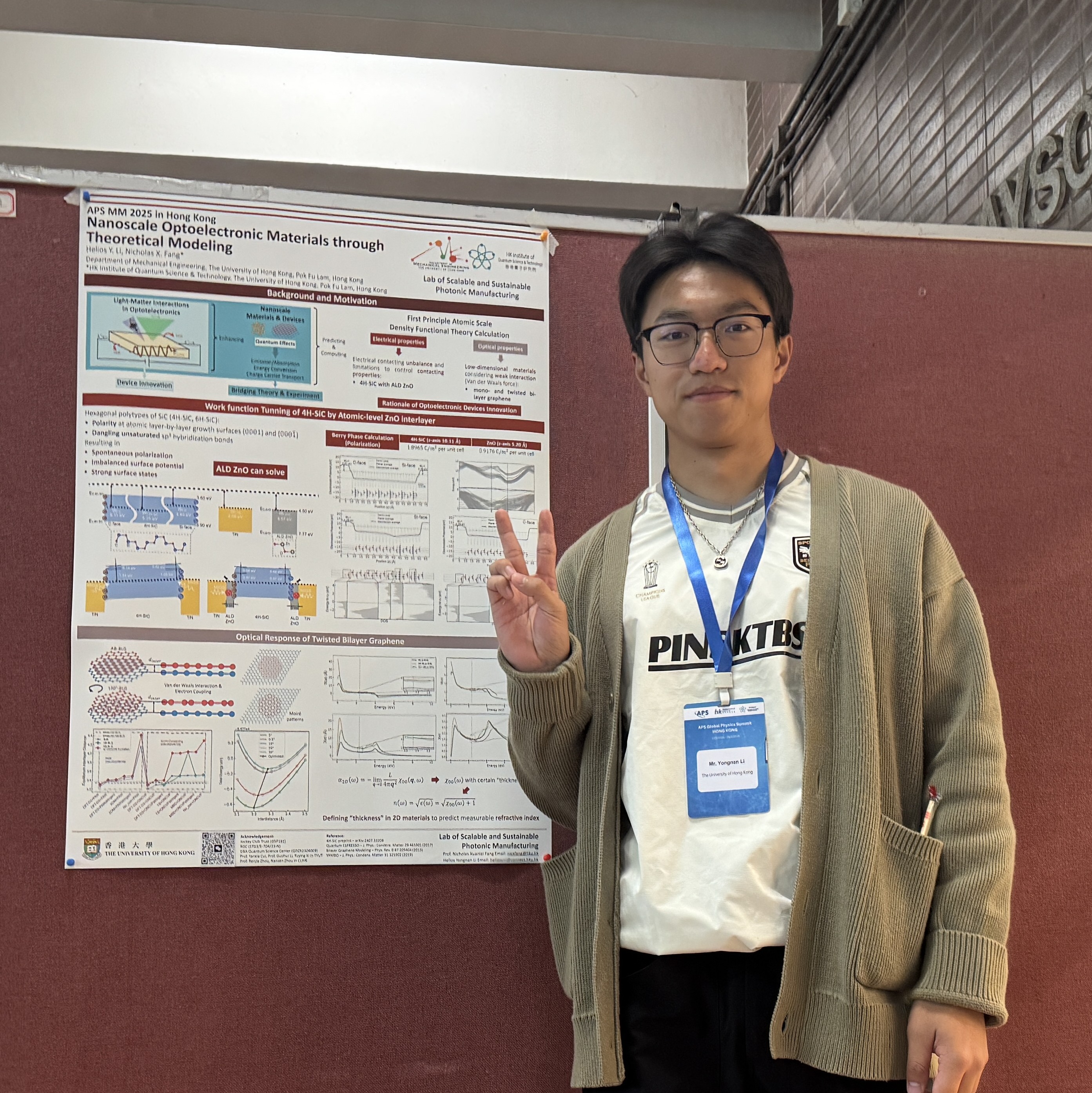Nanograin‐Twin‐Nanograin Alternating Composite Structure Enable Improved Cross‐Interface Cu─ Cu Bonding at Low Thermal Budgets
Published in Small Methods, 2025
Chip stacking using through-silicon via (TSV) and direct copper-to-copper (Cu─Cu) bonding technology has emerged as a superior solution to overcome the limitations of Moore’s law. However, conventional approaches face a fundamental trade-off: coarse-grained Cu requires high bonding temperatures (>300 °C), while nanograined Cu is unstable and tends to coarsen even at room temperature after electroplating. Here, this paradigm is broken through a unique composite copper (comp-Cu) architecture featuring alternating nanograin (ng─Cu) and (111)-oriented nanotwin (nt─Cu) domains. The nt─Cu domains, stabilized by coherent twin boundaries (CTBs), suppress room-temperature grain growth (2% resistance drifts over 15 days), while ng─Cu regions enable rapidly grain growth at 170 °C. This dual functionality facilitates atomic bridging across interfaces via two synergistic pathways: 1) grain-boundary-diffusion-dominated ng─Cu recrystallization and 2) low-activation-energy surface migration along nt─Cu (111) planes. The resulting bonded joints achieve enhanced mechanical and electrical performance: 56.4±3.6 MPa shear strength (52% > coarse Cu), 258 h electromigration lifetime (6.45× > conventional), and 3.1% resistance drift after 1,000 thermal cycles (−16–160 °C). The work not only provides a practical solution for low-thermal-budget 3D packaging but also establishes a paradigm for designing metastable composites that reconcile traditionally incompatible properties.
Recommended citation: Cong Chen., Helios Y. Li., Gangqiang, Peng., et al. (2025). "Nanograin‐Twin‐Nanograin Alternating Composite Structure Enable Improved Cross‐Interface Cu─ Cu Bonding at Low Thermal Budgets." Small Methods. e00831.
Download Paper

Leave a Comment